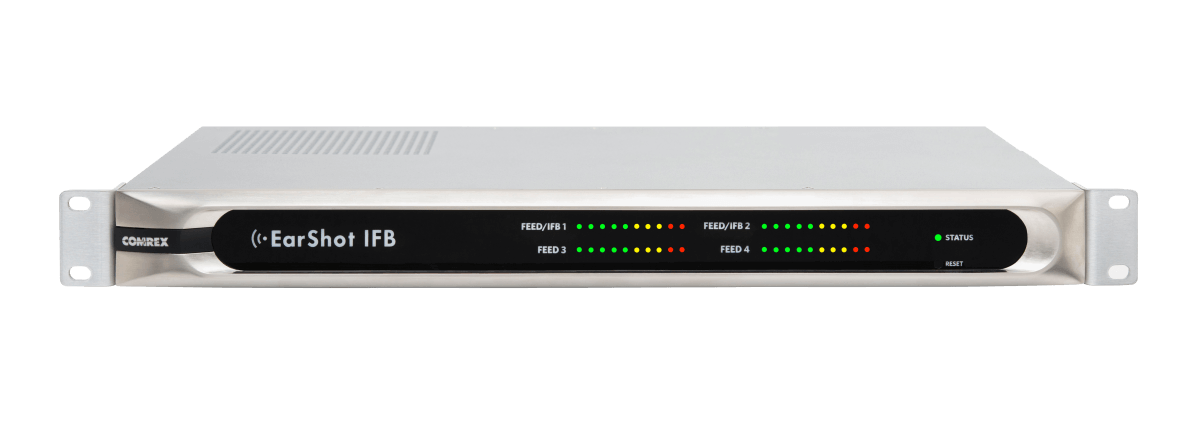In addition to all US mobile carriers announcing plans to shutdown legacy 3G networks to make way for 5G by the end of 2022, the transition period to swap from traditional analog POTS and copper ISDN lines over to newer Voice-over-IP lines is coming to its end this August.

In August of 2019, the FCC announced in order 19-72A1 that the legal provisions that protected TDM voice services (like POTS and ISDN) would be nullified after a three year period, paving the way for IP-based services.
Now, there’s only six months left until those mandatory protections run out.
Wait, why is there a shutdown happening for POTS and ISDN?
This has been a long time coming. Some telecom providers announced their plans to shut down POTS lines back in 2017, and have pushed back their sunset dates multiple times.
One major reason for the shut down is that it’s expensive and taxing for companies to maintain two very different technologies. Trying to keep POTS and ISDN lines running while also managing an IP infrastructure requires a lot of work, and given that POTS is far less common than it once was, it’s more cost effective for these companies to make the switch. ISDN is even less common, and is now mostly used by a dwindling number of people in the radio industry.
Savings aside, this will leave a significant number of organizations without a critical part of their day-to-day operations, and many broadcasters will have to find an alternative. Broadcasters who use ISDN for remote broadcasts or home studios, television stations that rely on copper lines for their IFB channels, organizations that rely on POTS hybrids, and others are going to have to pivot in the next several months.
What’s the alternative to POTS or ISDN?
At this point, for most broadcasting applications, VoIP is the least expensive and most attainable option, which will lead to greater savings in the long run. In many places in the United States, broadcasters haven’t been able to obtain new installs for POTS or ISDN lines in years.
If you aren’t willing to abandon ship on your POTS phone system yet, you can always use a device called an analog telephone adapter (or ATA) to turn VoIP lines into analog lines. Some popular ATAs are made by Cisco.
For those who need to make the switch, we offer several VoIP solutions that can ease the transition:

For IFB: EarShot IFB is a hardware based system that delivers live audio to callers. Up to 30 callers can dial in and listen to the feed, making it possible to replace up to 30 POTS couplers with one box.
Originally designed to provide studio feed and IFB audio for remote broadcasts like ENG reports, EarShot IFB can be used for any application that requires a live listen-in audio feed.

For a phone hybrid: VH2 is our VoIP version of a classic two-line hybrid. Great for both individual broadcast and conferencing, VH2 can be configured to work within a variety of VoIP environments. It’s simple interface will feel familiar to many hybrid users.
We HIGHLY encourage taking a look at our VoIP Compatibility document prior to purchasing VH2 or EarShot IFB. Please contact our support team if you have questions here.
Opal is an IP audio gateway that uses the Opus codec to connect callers to a studio with a common web browser, bypassing VoIP lines altogether. While it’s most frequently used for guest interviews and drop-ins, it’s found a market with hybrid users who need a higher audio quality.
For audio codecs: Still using POTS or ISDN codecs? You’re not the only one – believe it or not. We still get BlueBox, Nexus, Matrix, and Hotline units in for repair every now and then.
We’re proud that our equipment lasts for decades, but it’s time to swap to IP to future-proof your business. We’ve got a wide range of proven, reliable IP audio codecs for every application.
